Determine a french Sphingidae does normally not pose too much problem, with the exception of the Sphinx pinastri/Sphinx maurorum couple for which the dissection is essential. Some specimens of Hyles euphorbiae can also be problematic. A very large h. euphorbiae might look like (superficially) a small h. nicaea. H. euphorbiae stronger may evoke h. dahlii (see in this connection the h. dahlii).
For the reader who wants to deepen its approach of the family in France where in Europe I suggest strongly the consultation of the following works, knowing that the taxonomy is an evolutionary science, and that a subspecies may very well have changed its status and be now ranked good species.
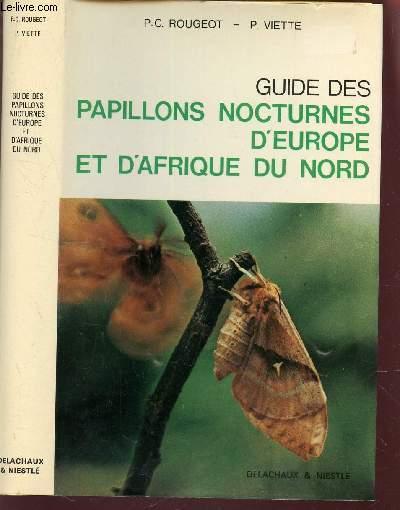
Rathore & Viette, 1978: Guide moths of Europe and North Africa. Editions Delachaux Niestlé & 228 pages, 40 color plates.
In my opinion the work indispensable to understand the family in Europe. Knowledge have evolved since that time, but what is written remains broadly accurate. Certainly dahlii is no longer a subspecies of euphorbiae, but the idea was ridiculous, and some authors are returning, especially since the genetic analysis of the complex. The figure, to be my late colleague (and friend) Jacques Nathan, is absolutely remarkable. Distributions are necessarily incomplete, especially for certain insects that we really understood in 1978 as the Sphinx maurorum. For me, essential work, but a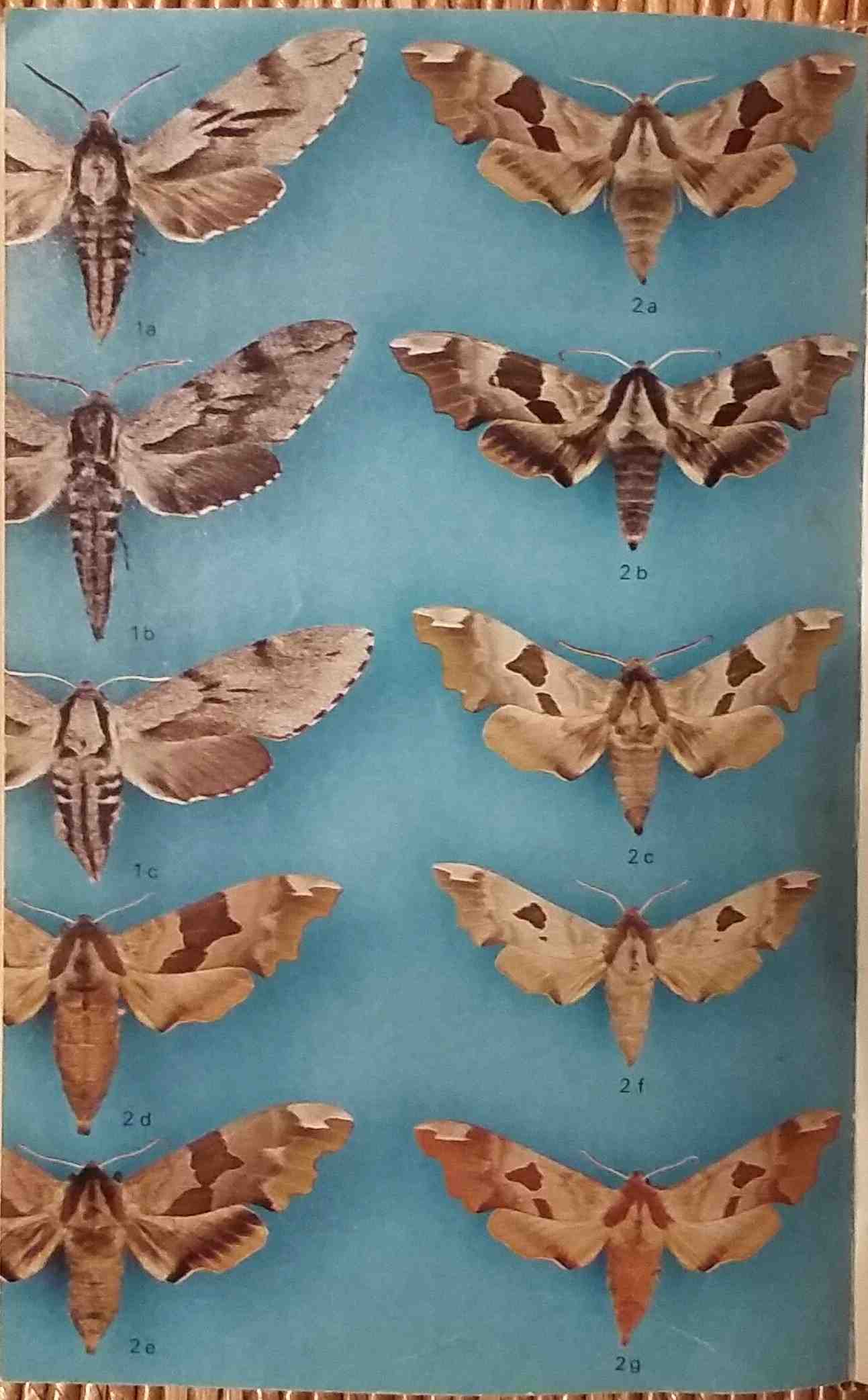 m I objective? This book accompanies me in all my European missions for 30 years. Add that it also addresses the Saturniidae, Notodontidae, Lasiocampidae. The replay of the Rathore & Viette gives a State of Systematics at the time of the publication of the book, either in 1978. The book is not to neglect, and nothing excluded that one day it is in will not return to the same approach of the genus Hyles.
m I objective? This book accompanies me in all my European missions for 30 years. Add that it also addresses the Saturniidae, Notodontidae, Lasiocampidae. The replay of the Rathore & Viette gives a State of Systematics at the time of the publication of the book, either in 1978. The book is not to neglect, and nothing excluded that one day it is in will not return to the same approach of the genus Hyles.
Board 32 of the Rathore & Viette work: variations of Mimas tiliae.
A. R. Pittaway, 1993: The Hawkmoths of the Western Palearctic. Harley Books, 240 pages, 21 plates (20 in color).
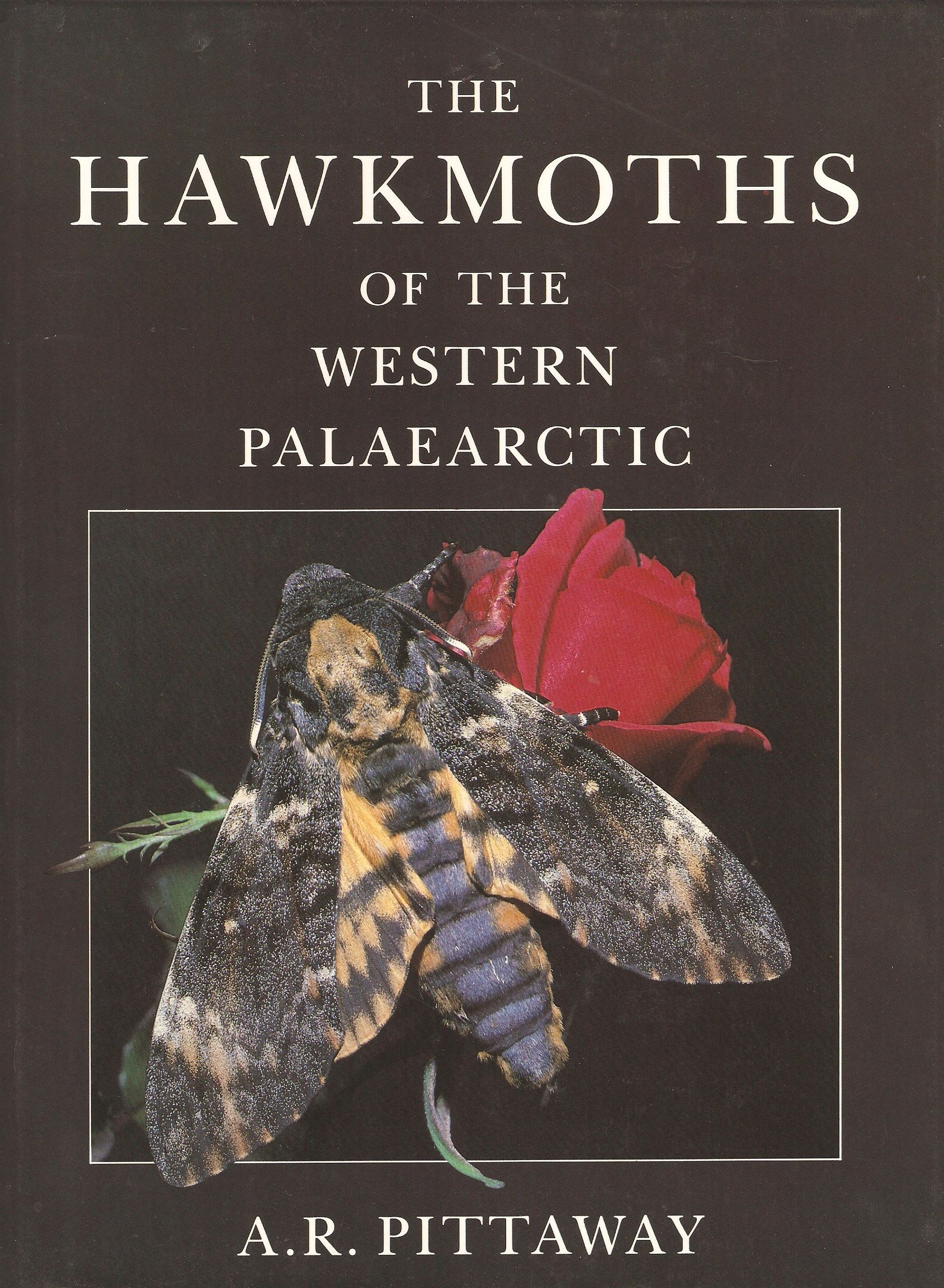 An important book in the library of the Sphingologue, which brings a lot of information about distributions, host plants, livestock, pests, the bibliography. I blame him just a somewhat austere illustration. When it comes to the Palearctic Sphingidae, we would like to see series.
An important book in the library of the Sphingologue, which brings a lot of information about distributions, host plants, livestock, pests, the bibliography. I blame him just a somewhat austere illustration. When it comes to the Palearctic Sphingidae, we would like to see series.
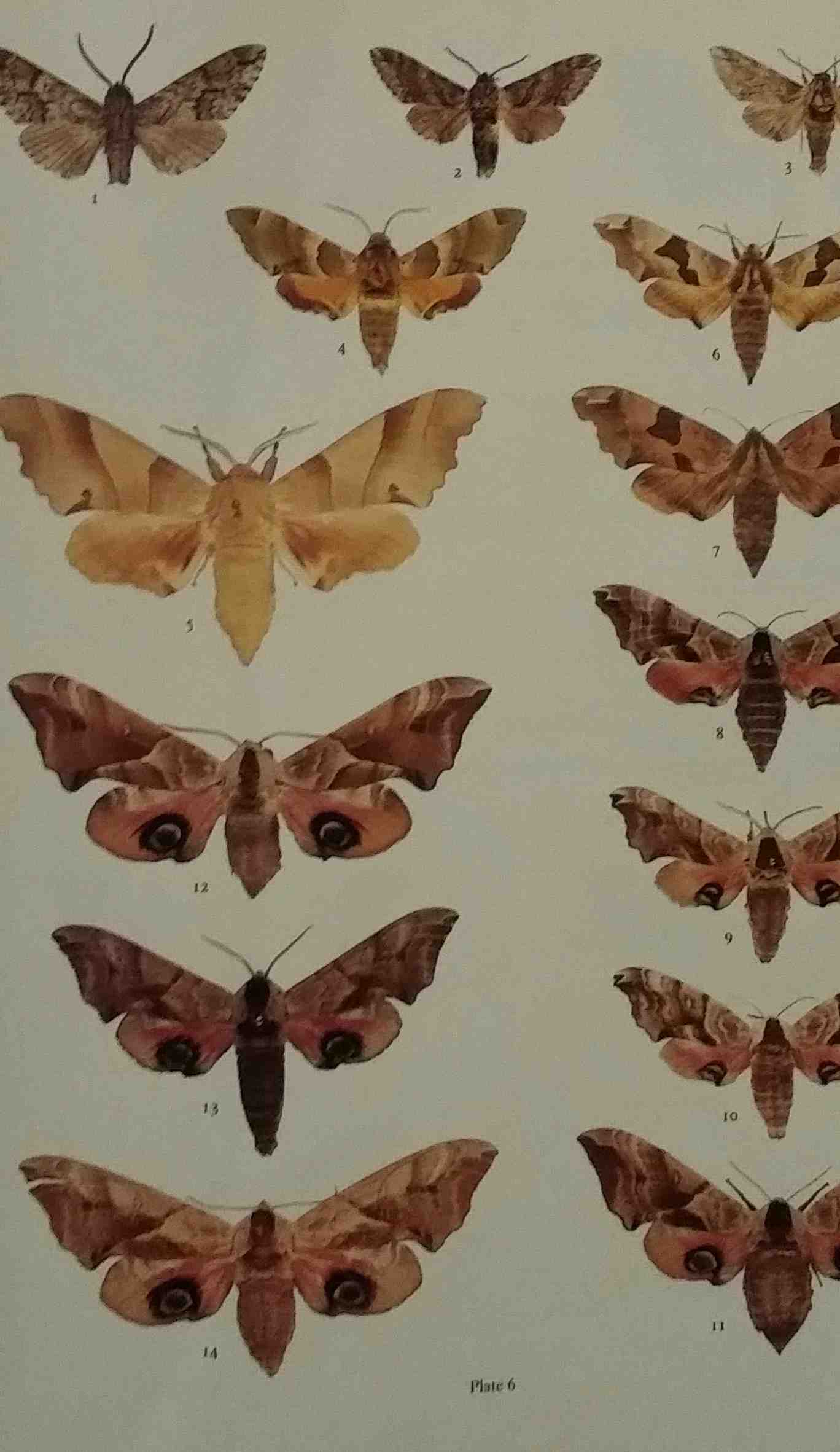 This book also provides an extremely accurate description of the larval stages and shows all the pupae.
This book also provides an extremely accurate description of the larval stages and shows all the pupae.
The author presents in this books 4 boards of exception, with colour illustrations of the larval stages of the palaearctic species painted by his care. This gives the book a stamp "old book"
My favorite chapter is the 6th, "Ecology of Western Palearctic Sphingidae" which is a hotbed of new information.
Danner, Eitschberger & Surholt, 1998: Die Schwarmer der westlichen Palearktis. Herbipoliana, Volume 1, 719 boards; Volume 2, text 368 pages.
A monumental work, part of its volume (and its weight!). It is based on the splendid farms and photos of Fritz Danner. 719 boards, can be found all known larval stages of the palaearctic species, and the book is this one-way. Can be found after the adult and larval stages of dozens of boards of genitalia. It is a bit tedious part of the work, 90% of these boards will not present the slightest interest for the majority of readers.
The text presents a somewhat amazing Systematics of this fauna with amounts of genres and new subgenres, and the majority of the sub species raised to the rank of good species. The majority of the new taxa of this book have since synonymisés by Kitching & Cadiou (2000).
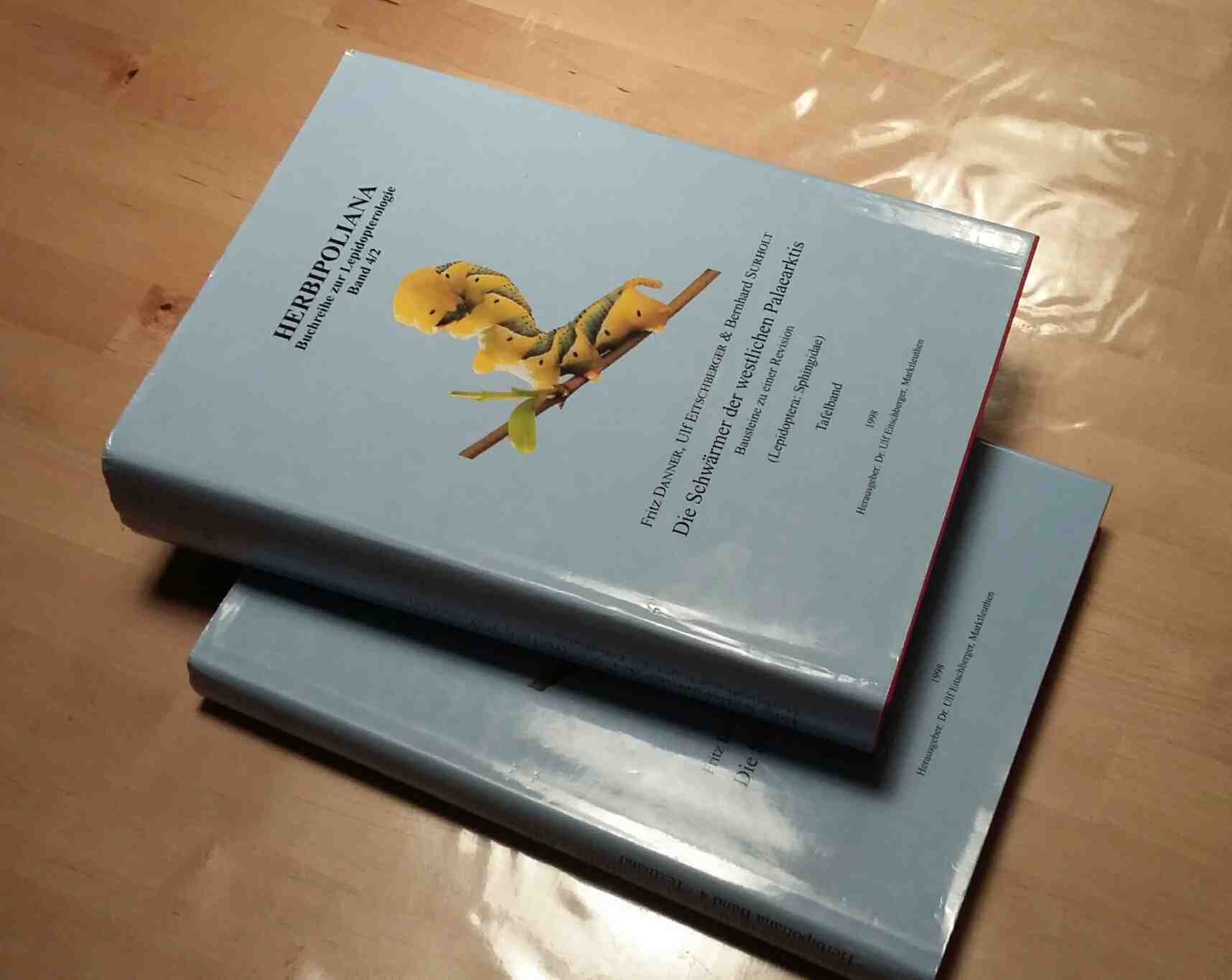
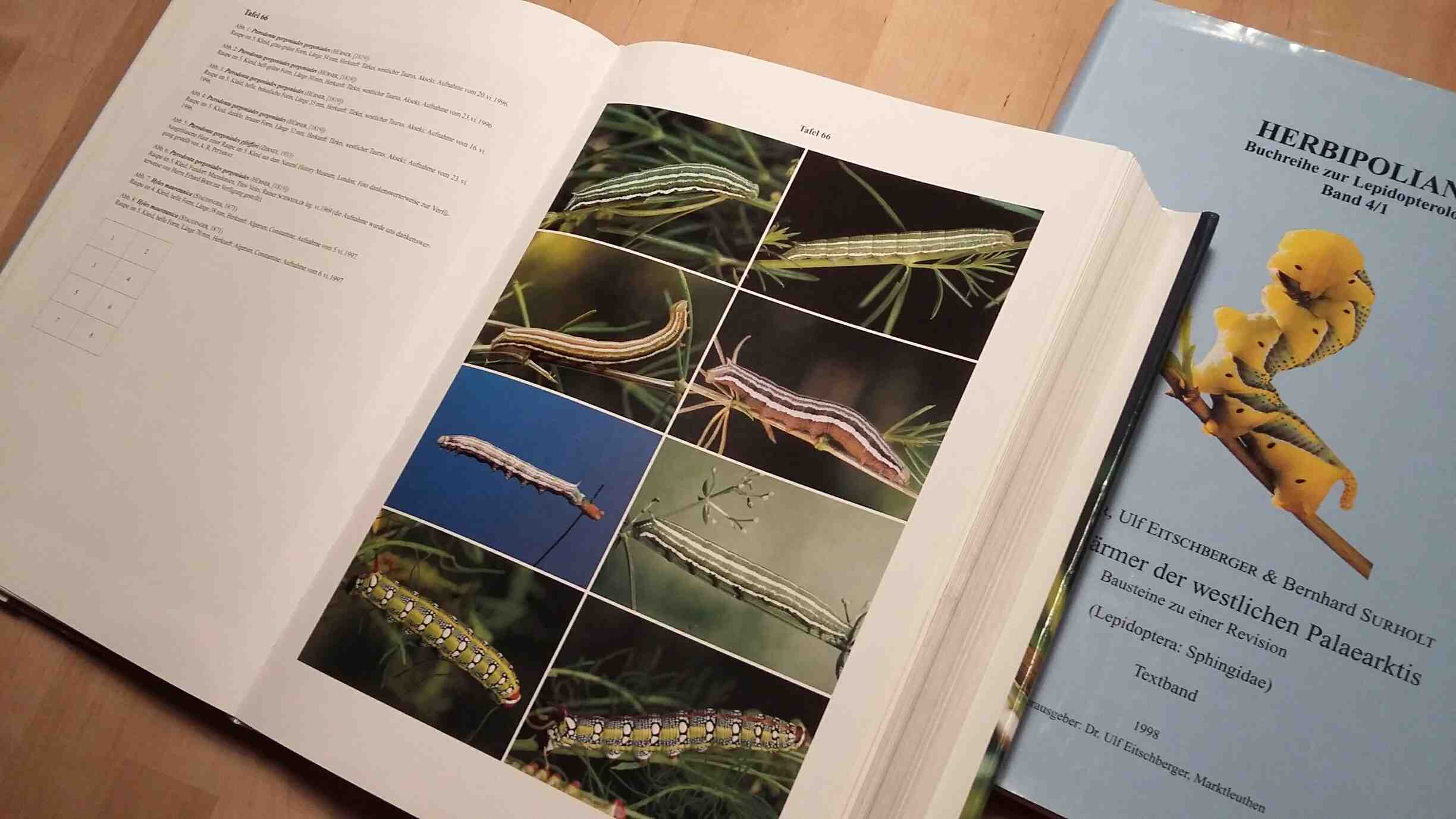
A temperament more "reunisseur" (after the manner of Tony Pittaway), I do not share the taxonomist of the main author (E.U.) approach but I love her book. The idea of presenting facsimiles of original descriptions is excellent. The color boards are luxurious. I consult it very often, and it remains uneven. Gripe, and it's the ransom of his fabulous illustration, it costs a fortune.
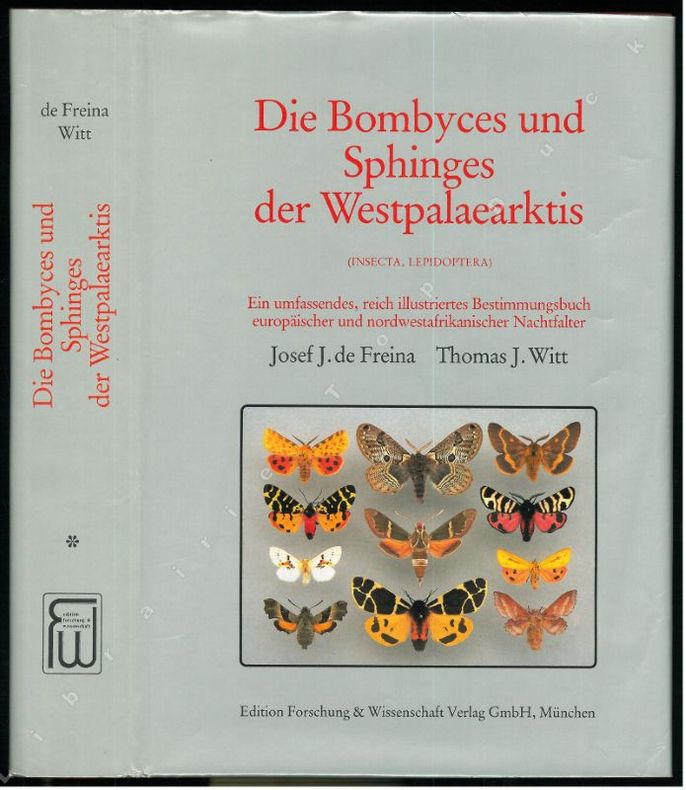
Braked & Witt, 1987 Die Bombyces and Sphinxes der Westpalearktis, volume 1. Edited Forschung & Wissenschaft Verlag GmbH. 708 pages, 46 plates colors, 330 maps of distributions and 370 figures in text.
Still a very nice book, very well illustrated. Maps of distributions are excellent, quality color boards. An investment that can have its interest if one is, more of Sphingidae, interested in other Bombycoidea families… and should read German.